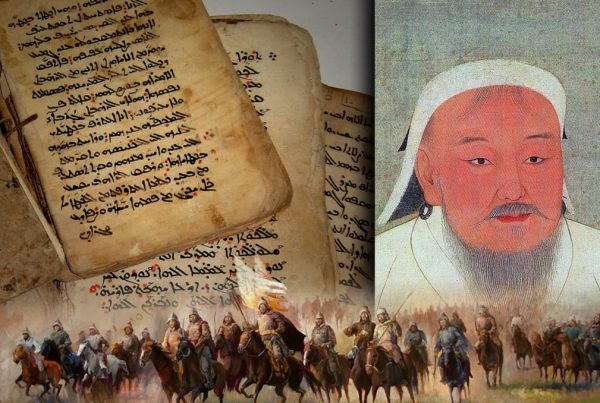Discover the Unique Life of Mongolian Nomads: A Journey into Mongolia’s Pastoral Culture
Mongolian nomads, also known as herders, live a remarkable and timeless lifestyle. Their way of life is deeply connected to the vast and rugged landscapes of Mongolia. Nomads rely on livestock farming, raising horses, cattle, sheep, and goats. These animals provide them with essential resources like meat, milk, wool, and hides. This traditional lifestyle has been passed down through generations, allowing Mongolian nomads to thrive in one of the harshest environments on Earth.
The Nomadic Way of Life: Survival in Mongolia’s Rugged Terrain
Nomadic life in Mongolia is all about survival and adaptability. The seasons are tough, but Mongolian nomads have learned how to endure. The changing weather, vast open land, and harsh conditions shape their lifestyle. The nomads know their land well, and their deep understanding of nature helps them live successfully. They are experts at taking care of their herds, no matter what the season brings.
At the heart of their life is the ger (yurt). This traditional, portable home is easy to put up and take down. It’s made from a wooden frame and covered with felt and fabric. The ger helps nomads stay flexible. They can move with their herds across the steppes, looking for fresh pasture. This mobility is one reason the nomadic lifestyle has lasted for centuries. It’s a key part of the Mongolian way of life.
The Harsh Realities of Life on the Steppes
Life on the Mongolian steppes is tough. The weather can be beautiful but also extremely harsh. Winters bring freezing cold, with snow and ice covering the land. These conditions make life difficult for both people and animals. One of the biggest threats is the dzud, a severe winter disaster. During a dzud, heavy snow and freezing temperatures can wipe out entire herds.
Summers aren’t easy either. Temperatures can soar, creating new challenges for the nomads. Despite these extreme conditions, Mongolian nomads remain resilient. They have developed unique survival skills over the years. They know how to take care of their animals, ensuring they are fed and hydrated all year long.
A Deep Connection to Animals and the Land
For Mongolian nomads, animals are not just a source of food. They are a vital part of their culture and identity. The bond between the nomad and their animals goes beyond practicality—it’s a spiritual connection. Animals represent much more than sustenance. They symbolize the strength and spirit of Mongolian nomads. This connection shapes the very heart of Mongolian society.
Modern Mongolian Nomads: Embracing New Tools, Keeping Old Traditions
Although many Mongolian nomads now use modern tools, like solar panels, motorbikes, and mobile phones, they still stay true to their traditions. These tools help make life easier, but they don’t change the essence of the nomadic lifestyle. Mongolian nomads continue to honor their ancient practices while adjusting to new technologies. This ability to balance tradition and innovation keeps the culture alive.
Experience the Life of Mongolian Nomads: A Cultural Journey
If you want to fully understand the Mongolian nomadic lifestyle, you need to visit Mongolia. The country offers a rare chance to witness this unique culture up close. Here, ancient traditions meet modern life in an inspiring way. The vast, open steppes, the endless horizon, and the whispering winds all tell stories of centuries of history.
In Mongolia, you’ll experience more than just beautiful landscapes. You’ll get to see how nomads live in harmony with nature. You’ll witness how they adapt to the changing seasons. The resilience of Mongolian nomads will leave you in awe.
Plan Your Mongolia Adventure: Explore Mongolia Tours
Are you ready to discover the world of Mongolian nomads? Take a trip to Mongolia and experience the perfect mix of old and new. Explore the breathtaking landscapes, meet the nomads, and learn about their deep connection to their animals. Book your Mongolia tour today. See firsthand the amazing traditions that have been passed down for generations.
Mongolia offers an unforgettable cultural experience. You’ll gain respect for the nomadic way of life and learn about a culture that continues to thrive despite the challenges of modern times. Don’t miss out on this incredible journey!


